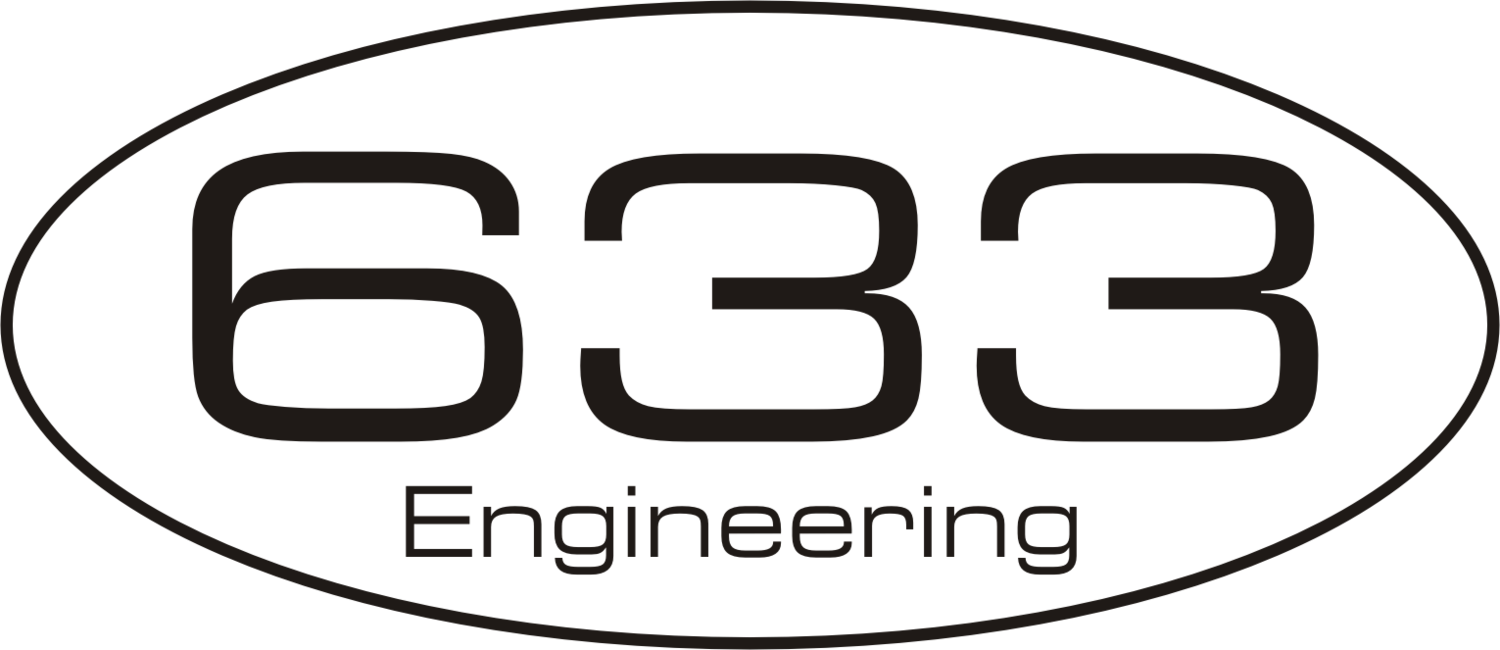Cascaded Gain Stage Amplifier Design
Over the last few months I've devoted some time each day to working on a new amplifier - a cascaded gain stage design with a working title VDS50.
A few of my friends and customers have amplifiers that are based on the Dumble Overdrive Special, made by Ceriatone and Bludotone. In contrast to my current designs they are very much 'clean and lead' with very little breakup from the power valves. I took the opportunity to spend some time with them to try and discover what the fascination and mystique of these revered designs was all about.
The Fender-esque clean tones are full, warm and feel quite spongy in the bounce-back sense of the word rather than the saggy sense. The overdrive tones are very complex with lots of middle frequency content and overwhelmingly in single note lead territory rather than crunchy rhythm. The response of the two triode overdrive stage is highly dependent on the choice of guitar and the settings of the bass, mid, treble and drive controls. I found if I got a decent sound in my bridge pickup switching to the neck could produce some undesirably woofy tones in the lower register of the guitar. It was quite easy to get a bad tone. Rolling off the bass and middle I could get the it to work on the neck pickup but then when I switched back to the clean channel, I found this tone had been compromised. But once I'd got the right settings, the right guitar and the right pickup I found I could play with a light touch and the tone would be relatively clean and then picking the strings a little harder would push to tone into overdrive to make the guitar speak in a very musical way. It's almost and exponential relationship between picking effort and the amount of overdrive. In guitar land this is what is meant by "touch sensitivity", and to many Dumble is the king.
The enigmatic characteristic of this topology has prompted to me to explore it further with a goal of improving the 'fartyness' of the overdrive stage without losing the wonderful touch and without compromising the clean tones. The post tone stack cascaded gain stage is an architecture that was started in the 70's by Randall Smith of Mesa Boogie and has been used by many other designers since. One of the most common issues with it is the fizziness of the overdrive circuit, which being after the tone stack relies on other methods to correct. In the Mesa designs the graphic equaliser is great for doing this, and in the Dumble designs quite often the capacitance of the wiring to the FX loop sockets will take the edge off, smoothing the tone a little bit. Dumble and Mesa amps are quite often coupled with speakers that have a very neutral sound and don't add top end bite in the way that many common guitar speakers do. Again this provides a degree of low pass filtering to round off the fizziness.
So I've built my cascaded gain stage amp and added some extra circuitry to solve the problems with the traditional designs. It started life as a prototype of the Ruby so already had the Variable Headroom feature and it's been interesting seeing how this works in conjunction with the CG design. I've been enjoying it immensely playing a mix of blues and jazz fusion type material and having the facility to push the power amp hard without running at full power really makes it a lot of fun to use in both clean and overdrive modes adding extra body and richness. It also works really well with brighter voiced speakers. The amp also has built in reverb which is useful. The only question now is should I install an FX loop?
